
The USAF Satellite Hacking Challenge Is DEFCON for Training
For DEFCON 2020, which is the world’s largest hacking convention, the United States Air Force (USAF) is challenging the hackers of the world to hack an orbiting satellite and/or its ground station.
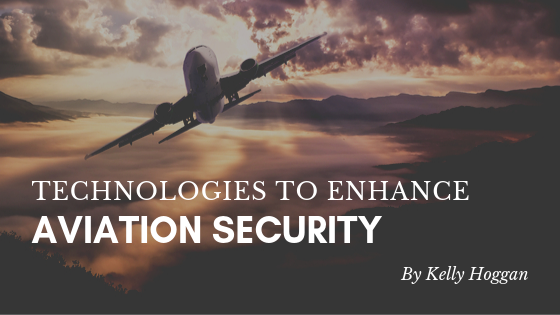
Technologies to Enhance Aviation Security
Since September 2001, airport security has been a prominent area of concern that has attracted players and stakeholders from around the globe. Increased research and development, coupled with governmental policy changes, have been targeting increasing efficiency when it comes to security operations in airports. To increase the precision with which security operators can detect and prevent new threats, new technologies have been rolled out in the aviation industry.
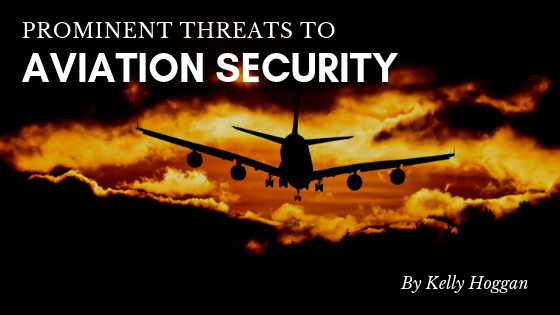
Prominent Threats to Aviation Security
Keeping passengers and aviation crews safe is a top priority in the aviation security industry. In order to effectively improve and maintain security measures, a comprehensive understanding of the most prominent threats to aviation security is required. Over the years, there have been a number of events and catalysts that have threatened aviation security measures, and today, though the threats are fewer in number thanks to advancing technologies, they are still very serious and dangerous.

The Future of Security Checkpoints: Biometrics
To cut back on unnecessary time spent waiting in line and improve security detection methods, airports are slated to integrate biometric technology into security checkpoints in the near future. In late 2018, the TSA announced its plan to work toward greater integration of biometric technology to help expedite the process and eliminate human error from identity confirmation efforts.

Border Crisis Disrupting Global Entry Program, Hitting Summer Travel
The flood of illegal immigrants trying to push through the nation’s southern border is beginning to negatively affect international travel by U.S. citizens upon reentry to the country. For one, U.S. Customs and Border Protection recently announced it was canceling “some” Global Entry interviews through the remainder of the current fiscal year, which ends September 30th. CBP officers who usually deal with Global Entry applicant interviews are instead responding to the migrant surge in the southwestern U.S.
It Takes TSA 252 Days to Hire a Security Screener, Among Other Problems
In March 2019, the Department of Homeland Security’s inspector general found that the Transportation Security Administration was taking far too long to hire its security screeners. On average, TSA takes 252 days to hire screeners, who are frontline employees vital to the agency’s mission. In private industry, it usually only takes from a few days to four months to hire a new employee, according to the Workable human resources website.
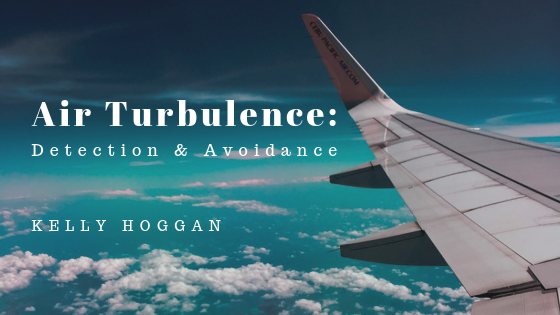
Air Turbulence: Detection & Avoidance
Due to a number of factors including climate change, it appears that the amount of turbulence has increased in recent years, so these technological developments and applications will be crucial for ensuring the safety of those onboard each flight.
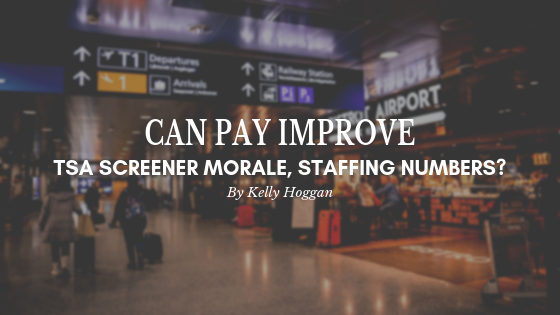
Can Pay Raises Improve TSA Screener Morale, Staffing Numbers? If So, How to Pay for It?
According to a June 12, 2019 article in the Washington Post, Transportation Security Administration security screeners are “short-staffed, poorly paid and suffering meager morale.” What’s also worrying, is that the situation for TSA screeners (or “Transportation Security Officers,” as they’re officially known) is likely to worsen by next year. And unfortunately, the chronic short-staffing issue is nothing new to the government security agency, as 2006 news reports, as well as government inspector general findings, reveal. Indeed, air travel has increased so much since TSA’s creation that it’s overwhelmed the agency’s ability to increase staffing in response
Why GPS and Geolocation Tracking is Necessary for Aviation Security
Up in the air, security is a top priority. While in flight, it’s imperative that all passengers and the pilot are safe. There are many ways to ensure safety on a plane, but some methods prove to be more effective than others. One of the most effective procedures to...
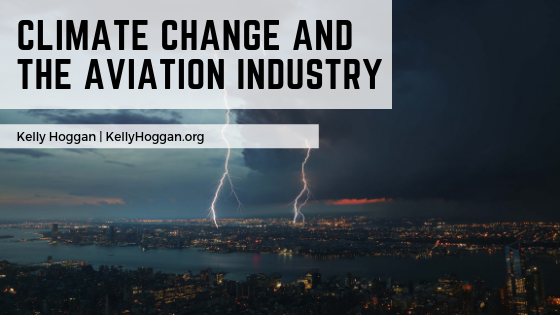
Climate Change and the Aviation Industry
Most travelers board airplanes with hopes of a smooth, safe flight to their destination. Recently, airlines have been noticing a rise in the occurrence of severe turbulence during flights, and many are attributing this rise in part to climate change. Turbulence, which...
